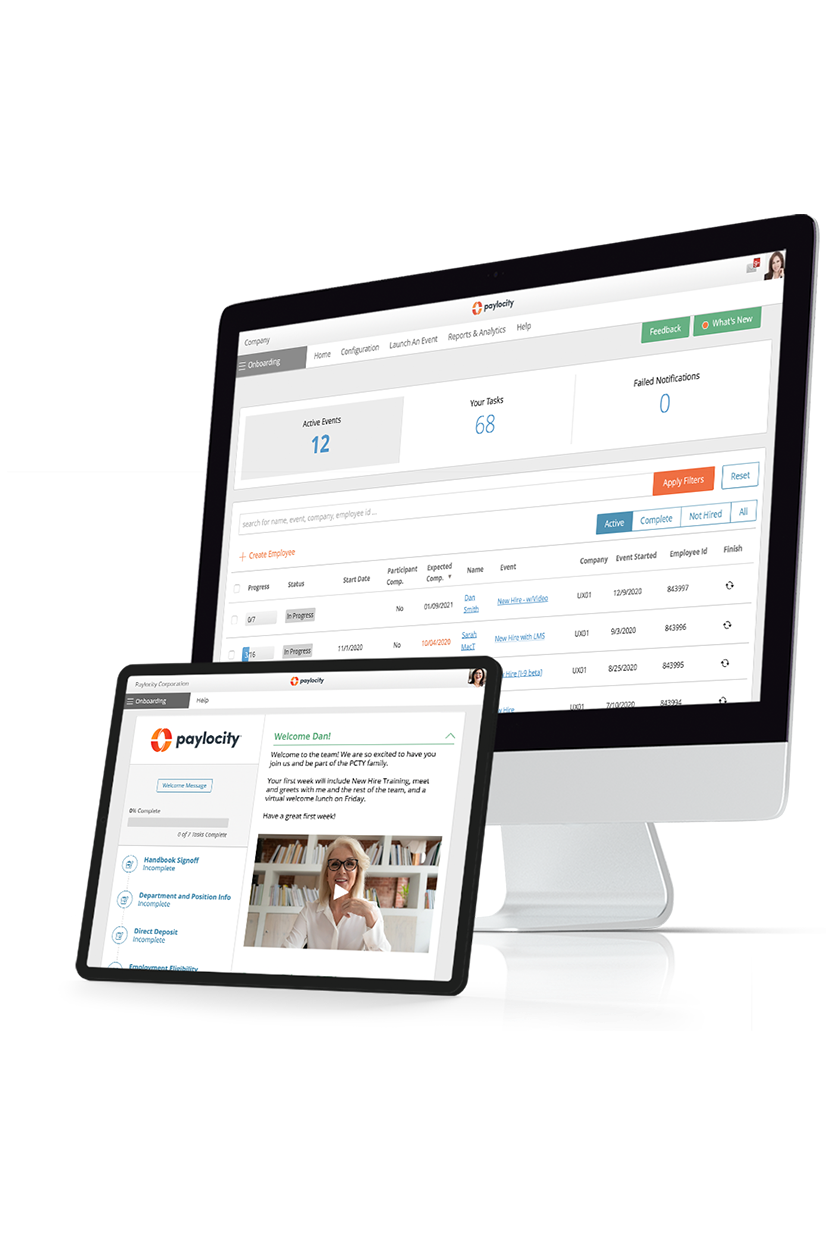Employee Preboarding Best Practices
Send Two Introduction Emails
For the best results, use two welcome email templates for your preboarding process. One should welcome the new hire and give them clear instructions for completing checklist items.
The second should introduce the new hires to their new team and vice versa. Use this as an invite for colleagues to introduce themselves to the new team member.
Get the Administrative Ball Rolling
Involve all administrative stakeholders in your preboarding process. The HR and IT team will need to liaise with the new hire for various setup processes that traditionally take place during orientation. Preboarding can jumpstart these tasks and save everyone time on the new hire’s first day.
Create a Preboarding FAQ Document
Many new hires may be reluctant to ask questions, even with early engagement. An FAQ document can help set them at ease by answering common questions, such as:
- What time do we start and finish every day?
- Where is the best place to park, or how does parking work?
- Where is the office located?
- How do I get to my desk?
- How do I sign in to the self-service portal or other business systems?
- What’s the office’s dress code?
- What do people usually do for lunch?
- How do I access benefits information and enrollment?
Send in the Swag Team
Preboarding is an opportunity to engage employees and build excitement early. Nothing introduces your organization’s brand quite like a package of company swag. T-shirts, pens, mugs, drink cozies - they all make a difference.
Consult with your marketing and product teams to get creative. For example, if your company has a cycle-to-work scheme, why not send new hires branded cycling gloves or a helmet?
With any luck, new hires will share their swag haul on social media.
Get Feedback on the Hiring Process
Use these early communications to get honest feedback on your hiring practices while the experience is fresh. Your survey tool of choice can get short-answer responses and ratings about each step in the hiring process.
Asking new hires for insights also demonstrates how much the company values their opinions. Involve your recruitment team in gathering this feedback so they can optimize their efforts.
Use HCM Software
Use a human capital management (HCM) solution with automated workflow capabilities to streamline your early engagement program. Robust HR solutions should have digital document management for easy signature collection ahead of your new hire’s first day.
Invite new hires to a lunch out with colleagues or a happy hour after work to give incoming employees a chance to meet the people they'll be working with ahead of time. An informal meeting helps people feel more comfortable to open up — it’s simply good team building!
Of course, make sure the meal is on the company. A small expense is a great way to welcome your newest team member warmly.
Digitize Your Preboarding Process and Have Your New Hires Feeling Engaged from the Start
Preboarding helps a new working relationship get off on the right foot as it erases worry and hastens job competency.
Paylocity’s onboarding software transforms the preboarding experience, creating a seamless bridge from recruitment to role commencement. Our platform streamlines administrative tasks and sets the stage for your new hires with features like:
- Easy document collection. A wizard-driven tool takes new hires step by step through handbook acknowledgment, collecting emergency contact details, setting up direct deposit, and submitting I-9 documentation.
- Seamless communication. Send text messages to welcome new hires to your organization. Leadership can create video messages to introduce themselves and highlight company culture.
- Train your workforce. Automatically assign and track new-hire training in LMS to ensure new hires have the resources they need from the start.
Want to learn more? Request a demo of Paylocity today!



